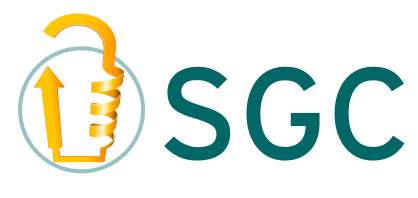 |
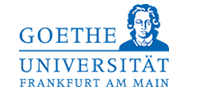 |
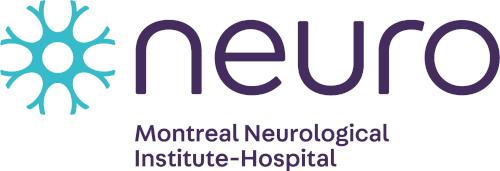 |
 |
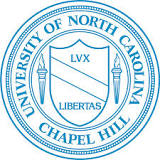 |
 |
Bridging the Gap Between Leukemia Research and Real-Life Impact

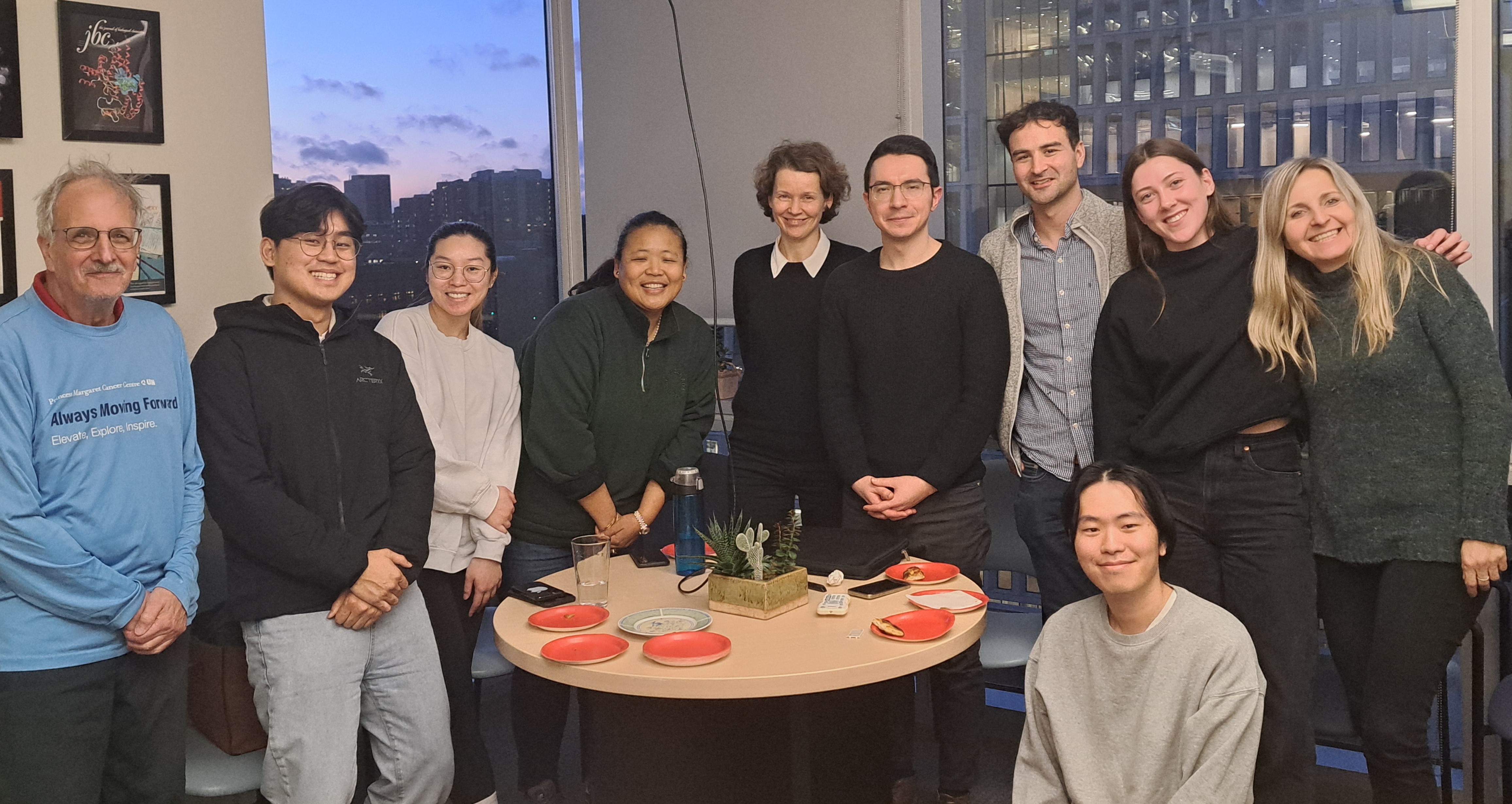
Patient outreach at SGC-Toronto | (L-R): Dr Mark Minden, Isaac Chan, Michelle Cao, Tsering Tanzin, Dalia Barsyte-Lovejoy, Michael Kanaris, Matt Maitland, Ella Adamson, Magda Szewczyk, Luke Cheon (front).
As scientists, our training equips us to think creatively, tackle setbacks in the lab, and always ponder “What's next?" after publishing our findings. Yet, one area where our preparation might falter is in grasping the real-world impact of our work. Often, we might feel our efforts like a single experiment might be too small to tackle big healthcare challenges like cancer. However, it takes just one patient, one story, to put everything into perspective.
At SGC, we have multiple opportunities to share our research with the scientific community, but we are often far removed from the patients we aim to serve. Therefore, hosting Tsering Tanzin at our SGC-Toronto laboratory was more than a pleasure. It was inspiring and steered us to see our work through a new lens.
As part of a Leukemia & Lymphoma Society of Canada (LLSC)-funded project, SGC facilitated a visit for Tsering, an individual affected by blood cancer, to meet our team and learn about our ongoing research into leukemia. Dr. Mark Minden, a leukemia physician-scientist from the Princess Margaret Hospital, who is also part of the LLSC-funded project, accompanied the group.
Tsering's presence in our lab wasn't just about sharing; it allowed us to see our work through the eyes of someone directly affected by it. "Meeting Tsering was a vivid reminder of the human side of our research in leukemia. It's easy to get lost in the technicalities and forget why we started in the first place," reflects Dr. Dalia Barsyte-Lovejoy, Principal Investigator at the SGC.
During the visit, the SGC team offered a laboratory tour and shared the latest advancements in research. Dr. Barsyte-Lovejoy discussed her group's contributions to epigenetic cancer research, emphasizing the open science principle that guides SGC.
This personal interaction stressed the struggles and unmet needs patients are facing and are often unaddressed within the research community. "Having Tsering asking questions about my project and showing such enthusiasm was incredibly humbling. It reinforced my commitment to the field and underscored the importance of making our research accessible and relevant to those who need it most," notes Dr. Michael Kanaris, a postdoctoral fellow at SGC.
For Tsering, visiting our lab was an empowering experience. "Understanding the effort and dedication behind leukemia research at SGC fills me with hope and strengthens my drive to support cancer research in whatever form I can. It's comforting to know that there's a whole community of scientists committed to fighting the disease," Tsering shares.
This visit underscored the importance of fostering interactions between patients and researchers, reminding us that behind every cell line studied, every molecular pathway elucidated, and every clinical trial conducted, there are individuals eagerly awaiting breakthroughs that could change their lives. It's a mutual exchange that bridges the breach between researchers and patients in understanding the disease process and triggering research advancements.
Tsering’s time with us marks a significant moment for SGC, one that we hope to replicate with more patients in the future. "Engaging with patients like Tsering enriches our understanding and fuels our motivation. It's a poignant reminder of the real reason we're here— to make a meaningful difference in the lives of those affected by diseases we study," concludes Dr. Barsyte-Lovejoy.
